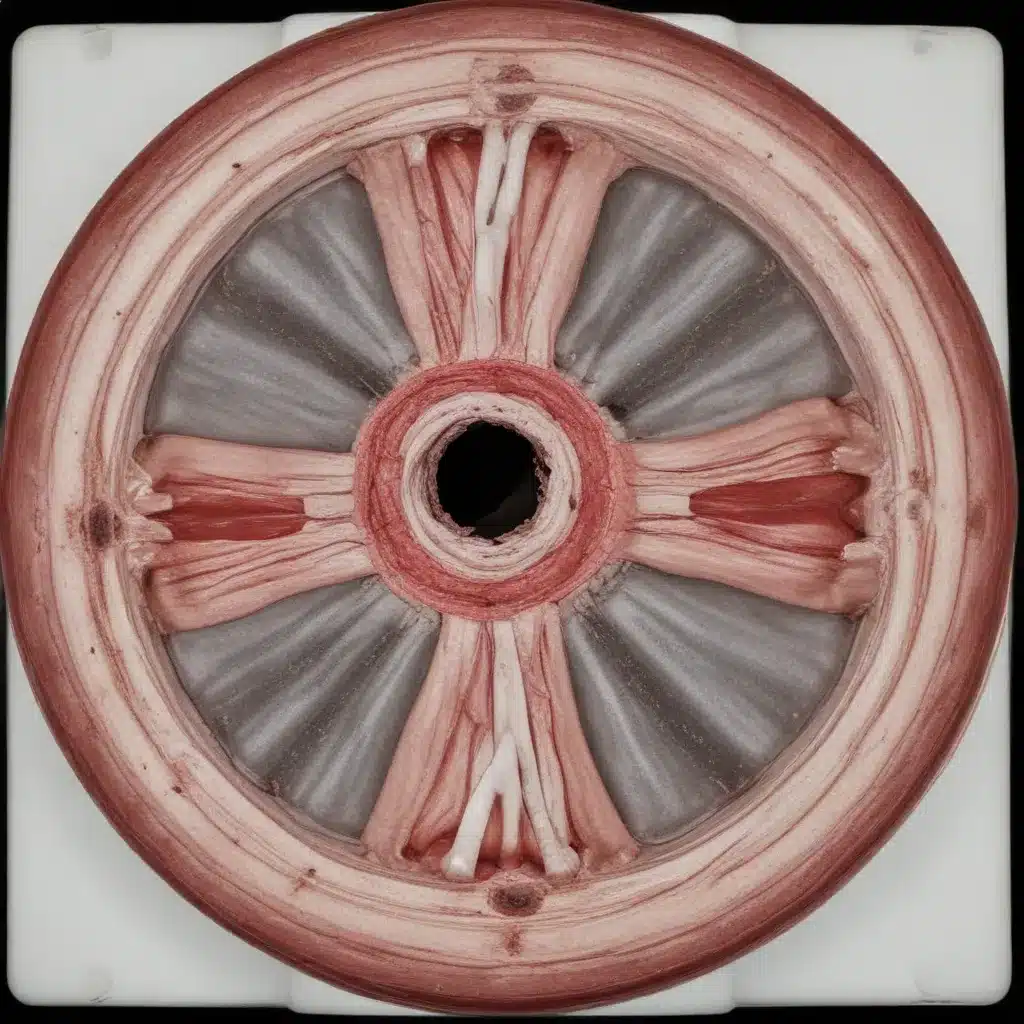
Magnet Types and Properties
Magnets are materials that produce magnetic fields, which can attract or repel other magnetic objects. Understanding the different types of magnets and their characteristics is crucial in various fields, including radiology, engineering, and scientific research.
Permanent Magnets
Permanent magnets are materials that can generate their own persistent magnetic fields without the need for an external power source. These magnets are created by aligning the magnetic domains within the material, resulting in a strong, stable magnetic field. Examples of permanent magnets include iron, nickel, cobalt, and rare-earth magnets like neodymium and samarium-cobalt.
Permanent magnets are commonly used in electric motors, generators, loudspeakers, and magnetic resonance imaging (MRI) equipment. Their ability to maintain a consistent magnetic field makes them valuable in applications where a reliable magnetic source is required.
Electromagnets
Electromagnets are magnets that are created by running an electric current through a coil of wire, typically wrapped around a core material such as iron. The magnetic field is generated as long as the electric current is flowing, and it can be turned on and off by controlling the current. Electromagnets are used in a wide range of applications, including electric motors, generators, and magnetic separation processes.
One of the key advantages of electromagnets is their ability to produce a strong, controllable magnetic field. The strength of the magnetic field can be adjusted by changing the current or the number of turns in the coil. This flexibility makes electromagnets useful in applications where the magnetic field needs to be varied or switched on and off, such as in medical imaging equipment and industrial automation.
Superconducting Magnets
Superconducting magnets are a specialized type of electromagnet that utilizes superconducting materials, which have the ability to conduct electricity without resistance at very low temperatures. These magnets can generate extremely powerful magnetic fields, often hundreds or thousands of times stronger than the Earth’s magnetic field.
Superconducting magnets are essential components in MRI machines, as they provide the strong, stable magnetic field required for high-quality imaging. They are also used in particle accelerators, nuclear fusion research, and other scientific applications that require intense magnetic fields.
The main challenge with superconducting magnets is the need to maintain the extremely low temperatures required for superconductivity, typically using cryogenic cooling systems such as liquid helium or liquid nitrogen. This cooling requirement adds complexity and cost to the design and operation of these magnets.
Permanent Magnet vs. Electromagnet
The primary differences between permanent magnets and electromagnets are:
-
Power Source: Permanent magnets generate their own magnetic field without the need for an external power source, while electromagnets require an electric current to produce their magnetic field.
-
Magnetic Field Strength: Electromagnets can generate stronger and more variable magnetic fields compared to permanent magnets, as the field strength can be controlled by adjusting the electric current.
-
Reversibility: The magnetic field of an electromagnet can be easily reversed by changing the direction of the electric current, whereas the magnetic field of a permanent magnet cannot be easily reversed.
-
Energy Efficiency: Permanent magnets are generally more energy-efficient as they do not require a continuous power source to maintain their magnetic field, unlike electromagnets.
The choice between permanent magnets and electromagnets depends on the specific application and the requirements for magnetic field strength, control, and energy efficiency.
Magnet Applications in Radiology
Magnets play a crucial role in various radiological imaging modalities, particularly in magnetic resonance imaging (MRI) and magnetic particle imaging (MPI).
Magnetic Resonance Imaging (MRI)
MRI is a non-invasive imaging technique that uses strong magnetic fields and radio waves to create detailed images of the body’s internal structures. The core component of an MRI system is the superconducting magnet, which generates a powerful, uniform magnetic field. This magnetic field interacts with the hydrogen protons in the body, causing them to align and then emit radio frequency signals when they return to their original state. These signals are then detected by the MRI system and processed to create the final image.
The strength of the magnetic field in MRI systems is typically measured in Tesla (T), with common field strengths ranging from 1.5T to 3T for clinical applications. Superconducting magnets are essential for generating these high-intensity magnetic fields, which provide the necessary sensitivity and resolution for diagnostic imaging.
Magnetic Particle Imaging (MPI)
Magnetic Particle Imaging (MPI) is an emerging imaging modality that uses the magnetic properties of superparamagnetic iron oxide (SPIO) nanoparticles to create images of the body. Unlike MRI, which relies on the magnetic properties of hydrogen protons, MPI directly detects the magnetic signal from the SPIO nanoparticles, which are typically injected into the patient as a contrast agent.
MPI systems use strong, rapidly switching magnetic fields to magnetize the SPIO nanoparticles, which then emit a signal that is detected by the imaging system. This approach allows for the creation of high-resolution, real-time images of the distribution and dynamics of the SPIO nanoparticles within the body.
The use of magnets in MPI systems is crucial, as the strength and the rate of change of the magnetic field are key factors in determining the sensitivity and spatial resolution of the imaging technique. Ongoing research and development in MPI technology aim to further improve the performance and clinical applications of this innovative imaging modality.
Conclusion
Magnets are essential components in various radiological imaging modalities, particularly MRI and MPI. Understanding the different types of magnets, their properties, and their applications in radiology is crucial for healthcare professionals working in this field. Permanent magnets, electromagnets, and superconducting magnets all play crucial roles in the development and operation of advanced medical imaging technologies, contributing to improved diagnostic capabilities and patient care.

